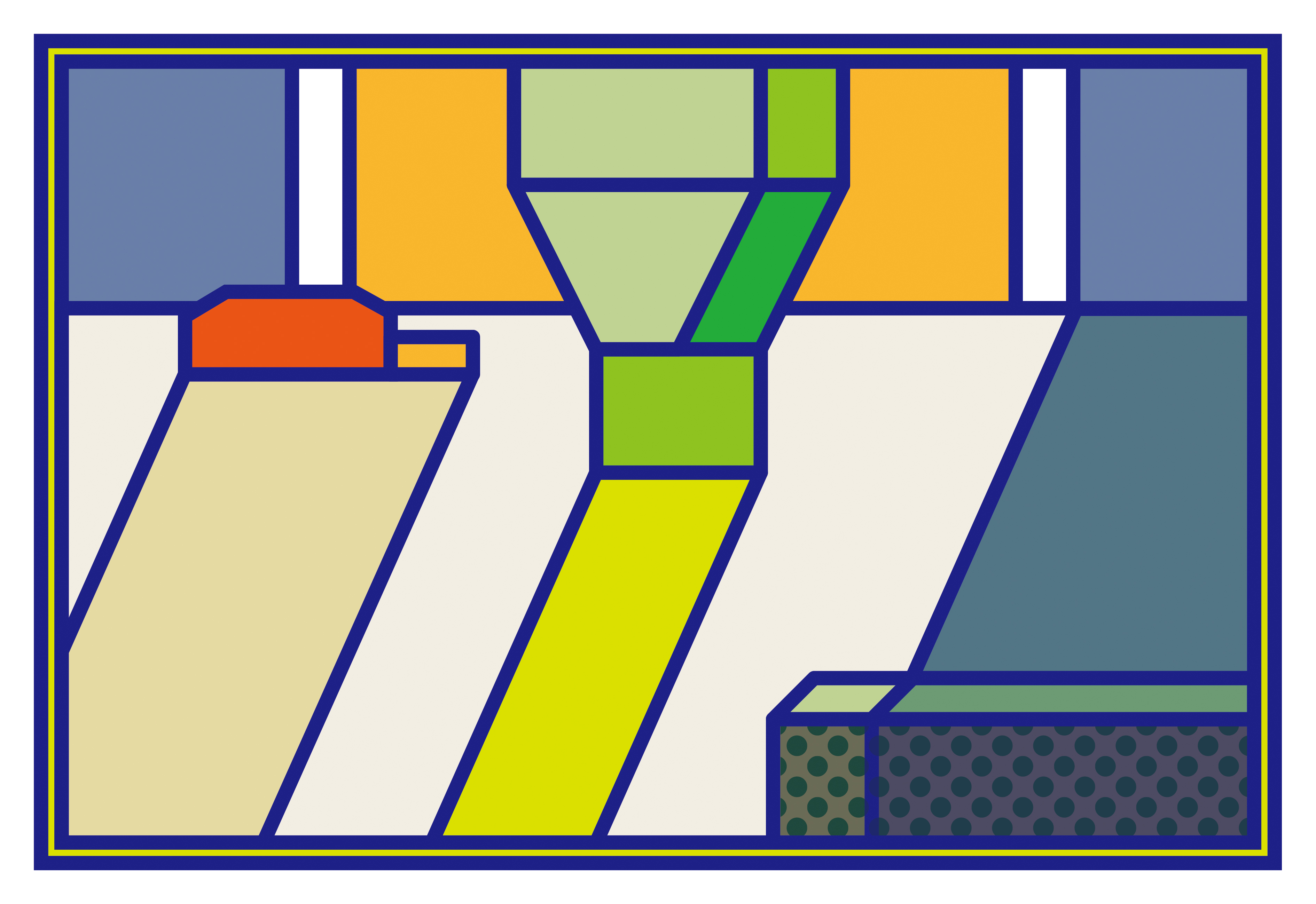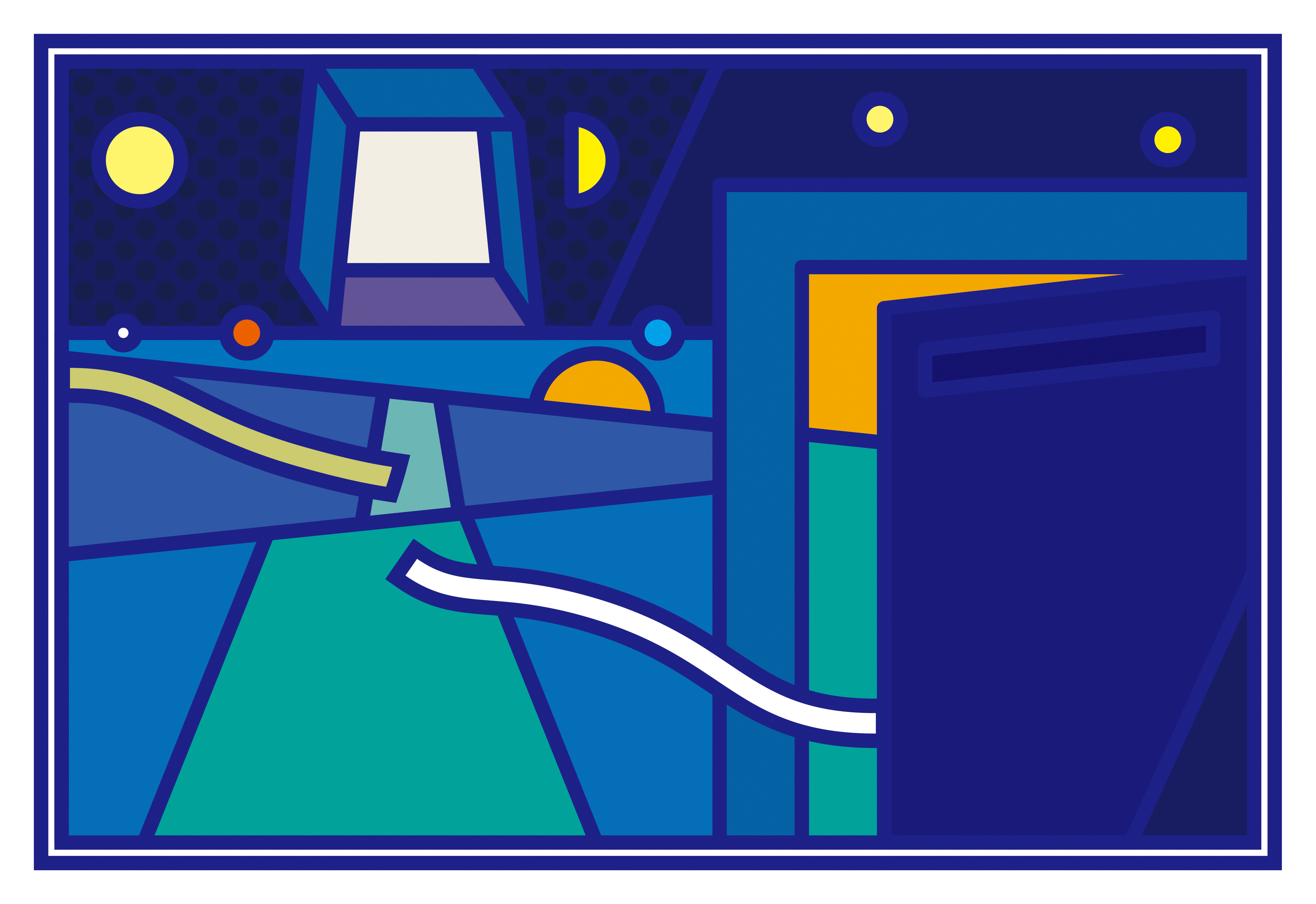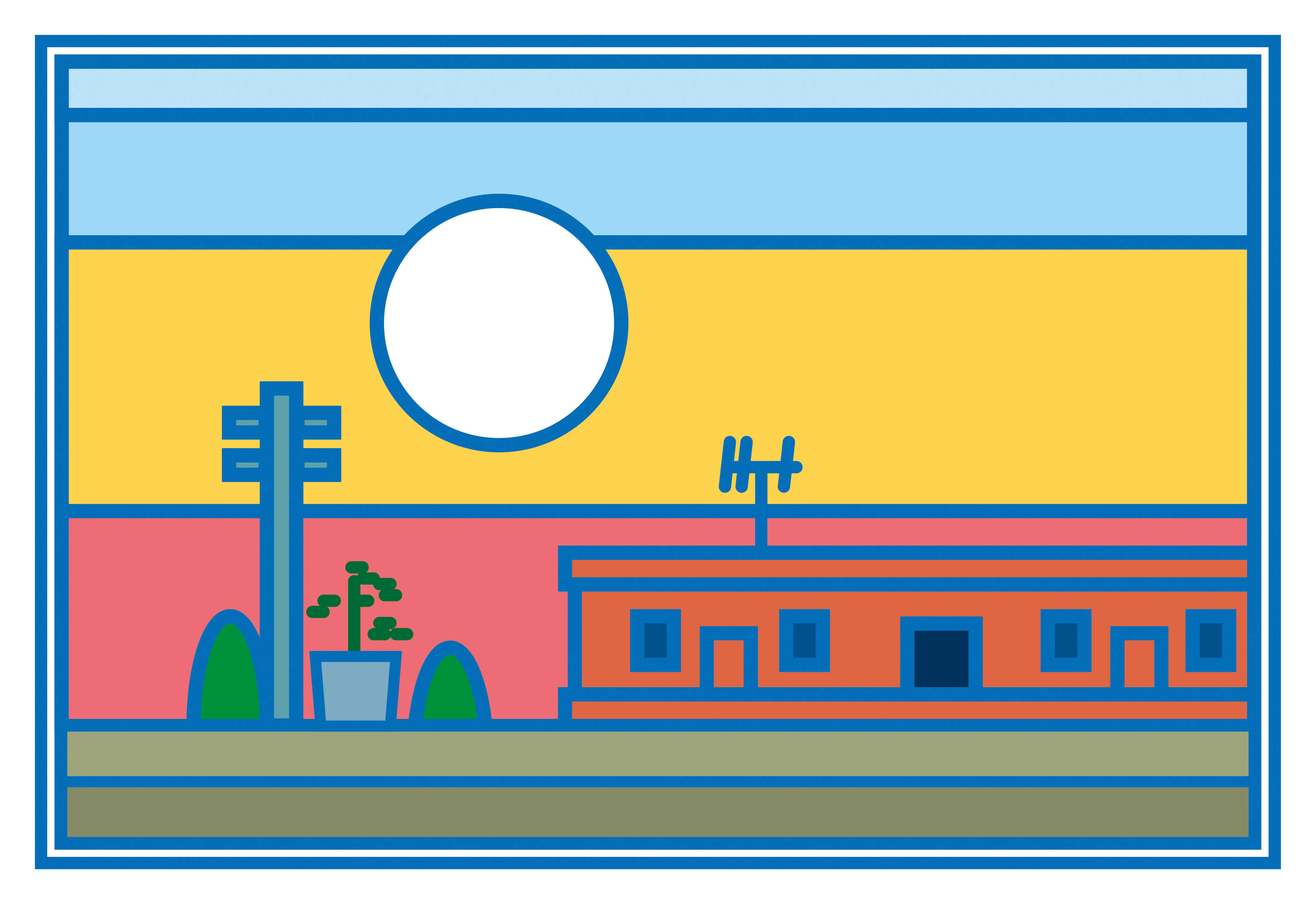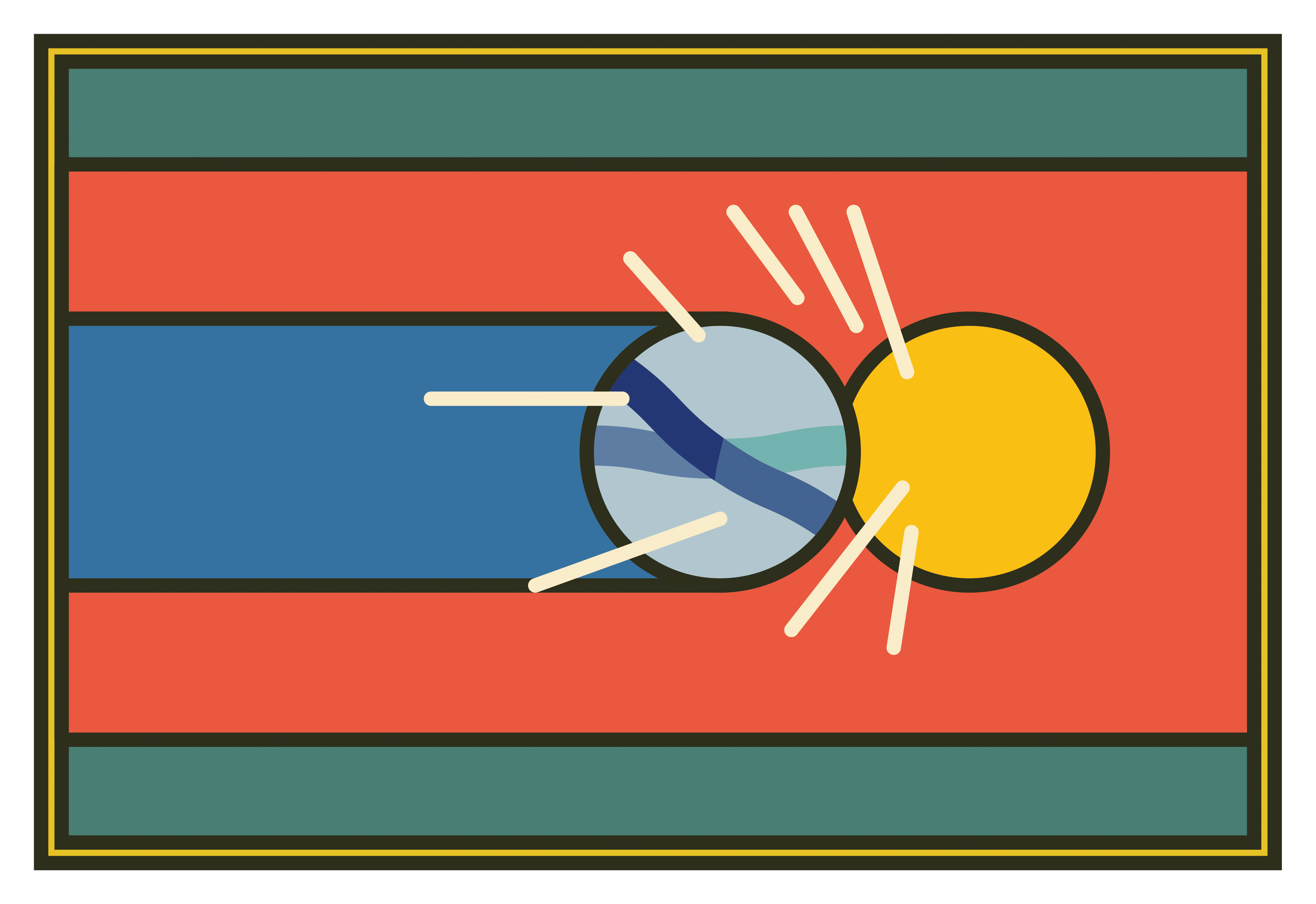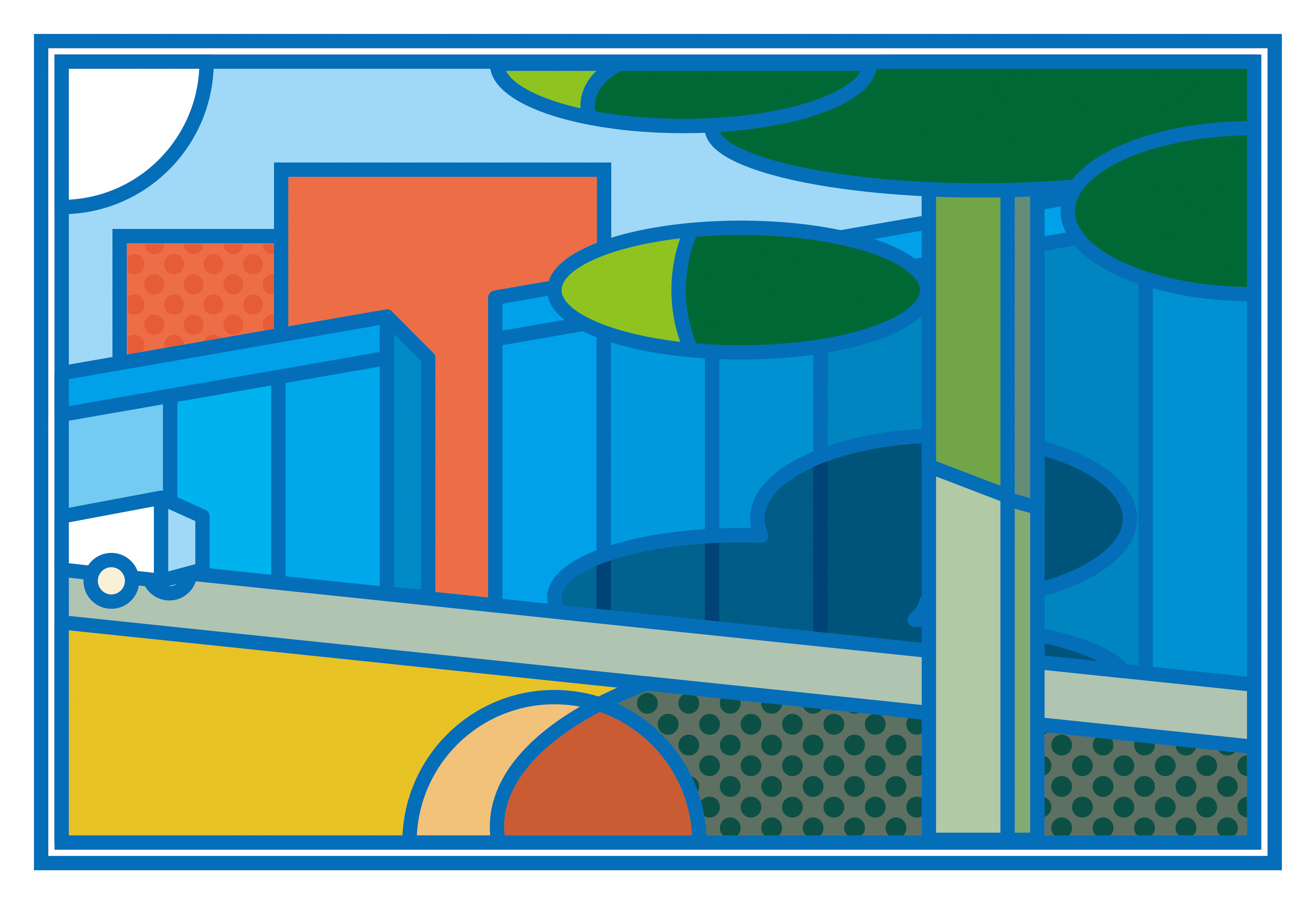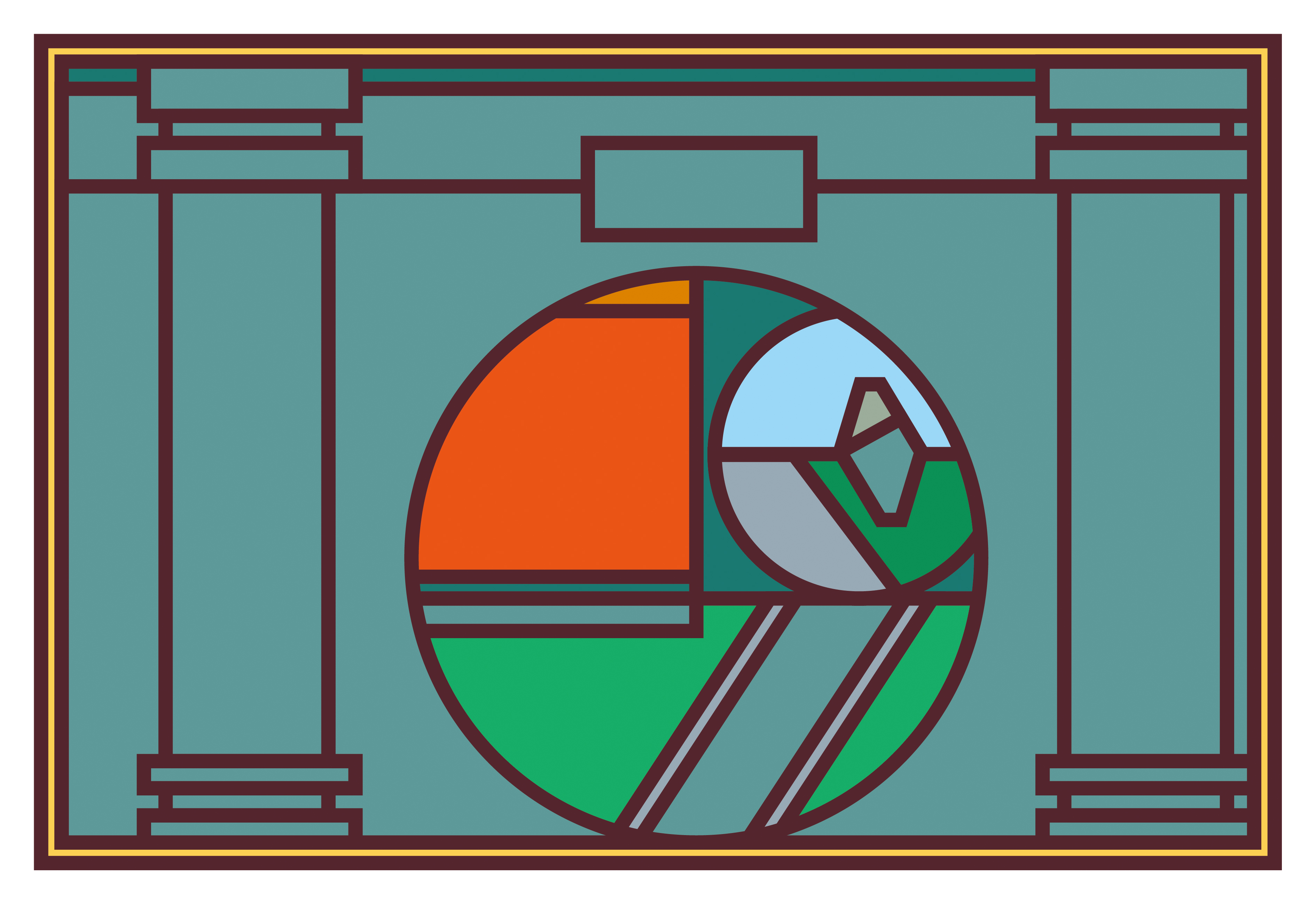WHERE ARE YOU
INTERVIEW
ART DIRECTOR / DESIGNER: Nod Young / YEAR: 2016 / Self
Q: Mia Liu / A: Nod Young
Q: Tell us your intention of this series of works.
A: It was about April or May; I don’t remember exactly when. I was conceiving the packaging for a project back then, and suddenly I came across this form of artistic expression; I liked it. For the following week, I expanded the content and form of the story and attempted different senses of forms. There were a lot of works that did not satisfy me through the journey, and finally this series turned out to be what it is now — a narrative poem with the style of a comic strip.
Q: What it is about? Detailed stories of fragmented thoughts?
A: I’m not good at composing stories because I can’t remember characters’ relationships and their personalities. Therefore, if I were to write a story I can only base it on my own narrative, on reality. Memories of my childhood have become vague; there are a number of uncertainties in them, yet these uncertainties create a degree of beautiful fragmentation and fantasy. The process of me drawing these pictures is also a process of me reminiscing, seeking and finding. I drew slowly, so as I progressed, I modified some original ideas about what I would draw next. Another reason for these works being fragmented is that the pictorial contents are concrete, specific and first-personal, like what you would experience when you access someone’s subconsciousness.
A: So is observing these pictures like reading your memories? I felt a sense of intimacy when I was looking at them because I found things that are familiar in my memories.
A: This intimacy originates from the world we see and experience, which is the same. I’m not actually sharing my memories since the ideas I present here are the “most ordinary”——not so colorful in terms of emotions. In another way, these are bland but unforgettable emotional experiences. I’m not very fond of describing significant events this reflects my personality as I scarcely have dramatic emotional fluctuations but often tiny complicated moods. My pictures are like this; they only express basic emotions.
Q: Is there a chance that these pictures invoke emotions of their observers? There is a tremendous amount of freedom for imagination in these pictures, in scenes of corners and distant views.
A: Yes. People can be empathetic when they see something familiar. However distortions of perspective and interferences of geometric shapes break familiarity. This “very limited familiarity” is exactly what I intend. Take poetry as an example: we are familiar with the sentences and combinations of words, but the structures and relationships between sentences are broken, and through these broken scenes we expand imaginations.
Q: Why did you choose this style, one that is drawn far away from that of tradition comic strips? It seems quite different from what you’ve done in the past.
A: A lot of artists have done what I did. The most famous one, Roy Lichtenstein, found his way out through cartoons. The same happened to Yuichi Yokoyama; what he draws is not comics, but real art. Katsuhiro Otomo is a manga artist, but he is way beyond “manga” to me, so are Yoshiharu Tsuge and Toshio Saeki. My generation grew up reading comics and I have absorbed a lot from that. Thus, if I really want to narrate something, I would choose the form of comics because it is the most adequate. I don’t consider it anymore important if the final works turn out to be similar to comics or not though.
I have been a designer for over a decade, so it is hard for me not to be influenced by design language which resulted in the utilization of techniques and guidelines of graphic design in this series of works at its state of formation. These are all the reasons why this series looks different from comic strips. As to my own style, I think it’s the same since I still keep pictures simple and emotionally outputting, no matter what form.
Q: Does this comic narrative poem have a specific reading format? In what order should the pictures be juxtaposed?
A: I create in my own way and I don’t have requirements for readers. Reading is both simple and complicated. Some read articles for fun, but others read articles to dig out their hidden depths. The same applies to pictures; some may think they are visually appealing while the others feel touched by heart. Format doesn’t really matter; it all depends on how the viewers interpret.
Q: How do you plan to present this series to the viewers?
A: Ultimately I will release a book, a decent comic book, in probably two or three even four or five years. This series is hard and slow to do; it needs a few years to accumulate a good amount. Besides, many circumstances will take place in this period, life may change, ideas may run out and I can even doubt myself. Anyway, it is going to be tough.
Q: You’ve been proofing lately and I’ve seen some pictures that I figured might be interesting to hang on walls in homes. These are scenes in memories surrounded by the real environment, a bit like traveling through spacetime.
A: Yup. This feeling is probably brought by an interesting characteristic of graphic language: an intrusion from another dimension. Life is boring, we need something fresh and new.
Q: Is this the end of the first chapter? Will the style change as this series progresses further and further in time?
A: Yes, the first chapter ends here. I am constructing the second one and I already have an embryo of it in my mind. The form will not change, but the way I narrate will.
A: A lot of artists have done what I did. The most famous one, Roy Lichtenstein, found his way out through cartoons. The same happened to Yuichi Yokoyama; what he draws is not comics, but real art. Katsuhiro Otomo is a manga artist, but he is way beyond “manga” to me, so are Yoshiharu Tsuge and Toshio Saeki. My generation grew up reading comics and I have absorbed a lot from that. Thus, if I really want to narrate something, I would choose the form of comics because it is the most adequate. I don’t consider it anymore important if the final works turn out to be similar to comics or not though.
I have been a designer for over a decade, so it is hard for me not to be influenced by design language which resulted in the utilization of techniques and guidelines of graphic design in this series of works at its state of formation. These are all the reasons why this series looks different from comic strips. As to my own style, I think it’s the same since I still keep pictures simple and emotionally outputting, no matter what form.
Q: Does this comic narrative poem have a specific reading format? In what order should the pictures be juxtaposed?
A: I create in my own way and I don’t have requirements for readers. Reading is both simple and complicated. Some read articles for fun, but others read articles to dig out their hidden depths. The same applies to pictures; some may think they are visually appealing while the others feel touched by heart. Format doesn’t really matter; it all depends on how the viewers interpret.
Q: How do you plan to present this series to the viewers?
A: Ultimately I will release a book, a decent comic book, in probably two or three even four or five years. This series is hard and slow to do; it needs a few years to accumulate a good amount. Besides, many circumstances will take place in this period, life may change, ideas may run out and I can even doubt myself. Anyway, it is going to be tough.
Q: You’ve been proofing lately and I’ve seen some pictures that I figured might be interesting to hang on walls in homes. These are scenes in memories surrounded by the real environment, a bit like traveling through spacetime.
A: Yup. This feeling is probably brought by an interesting characteristic of graphic language: an intrusion from another dimension. Life is boring, we need something fresh and new.
Q: Is this the end of the first chapter? Will the style change as this series progresses further and further in time?
A: Yes, the first chapter ends here. I am constructing the second one and I already have an embryo of it in my mind. The form will not change, but the way I narrate will.




